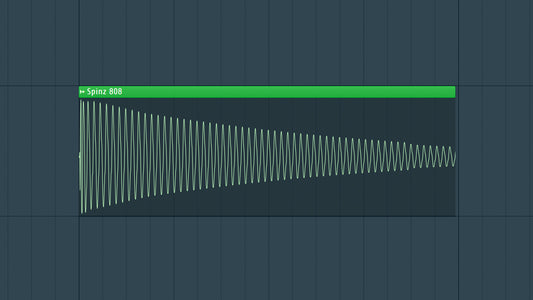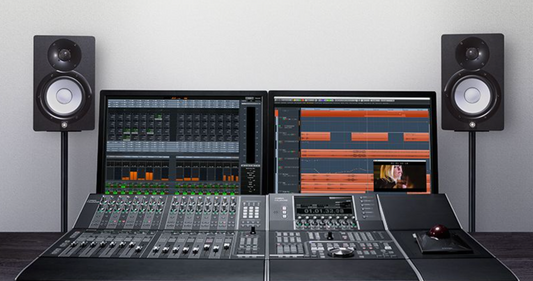Introduction
Mastering is one of the most important skills I have learned in my 15+ year music production journey. Two crucial metrics in mastering are RMS (Root Mean Square) and peak levels. In this blog, I will teach you exactly what these metrics mean and explore what RMS and peak levels are, and how mastering engineers use them to achieve sonic excellence.
DOWNLOAD 30+ FREE SAMPLE PACKS - CLICK HERE!

1. RMS Levels
What is RMS?
RMS, or Root Mean Square, represents the average amplitude of a waveform over time. Unlike peak levels, RMS provides a more comprehensive view of the audio signal by considering both its loud and soft components.
Why Does RMS Matter?
- Sonic Consistency: RMS levels contribute to the perceived loudness and consistency of a track. By analyzing the overall energy distribution, mastering engineers can ensure that the entire track maintains a balanced and uniform volume.
Tips for RMS Optimization:
- Balanced Dynamics: Aim for an RMS level that maintains balanced dynamics across the entire track. This ensures that softer elements contribute meaningfully to the overall sonic experience without getting lost in the mix.
- Comparative Analysis: Compare the RMS levels of your track to reference tracks in your genre. This helps ensure that your track aligns with industry standards for loudness and perceived volume.
2. Peak Levels
What are Peak Levels?
Peak levels represent the highest amplitude points in an audio waveform. They indicate the maximum volume of a signal at any given moment, helping to identify and manage potential clipping or distortion.
Why Do Peak Levels Matter?
- Preventing Distortion: Keeping peak levels in check is crucial to prevent distortion during playback. Peaks that exceed the maximum headroom can result in a clipped signal, negatively impacting the quality of the final mix.
Tips for Peak Level Management:
- Headroom Preservation: Maintain sufficient headroom during mixing and mastering to accommodate peak levels without clipping. This allows for cleaner and distortion-free playback across various systems.
- Precision Limiting: Implement peak limiting during the mastering process to control and manage transient peaks. This ensures that the final mix remains within the desired dynamic range without sacrificing overall loudness.
3. The Delicate Balance
Optimizing RMS and Peak Levels Together:
- Dynamic Range Preservation: Striking a balance between RMS and peak levels is essential for preserving the dynamic range of your track. While RMS contributes to perceived loudness, careful management of peak levels ensures that the track remains distortion-free.
- Genre Consideration: Different genres may have varying preferences for RMS and peak levels. Research and analyze the sonic characteristics of successful tracks in your genre to tailor your mastering approach accordingly.
4. Tools for Analysis and Implementation
Metering Tools:
- Utilize metering tools in your digital audio workstation (DAW) to monitor RMS and peak levels in real-time. These tools provide visual representations of the audio signal, aiding in precise adjustments.
Limiters and Compressors:
- Incorporate limiters and compressors during mastering to control both RMS and peak levels. These tools allow for nuanced adjustments, ensuring that your track achieves the desired loudness while preventing distortion.
DOWNLOAD 30+ FREE SAMPLE PACKS - CLICK HERE!
Conclusion
Understanding the power of RMS and peak levels is a crucial aspect of mastering. The delicate balance between average loudness (RMS) and peak management ensures that your tracks not only sound polished and professional, but also translate well across different playback systems.
As you continue your mastering journey, consider these metrics as your compass, guiding you towards achieving the perfect master. Experiment, analyze, and refine your mastering techniques, and embrace the intricacies of RMS and peak levels to elevate your music to new heights. Happy producing!




